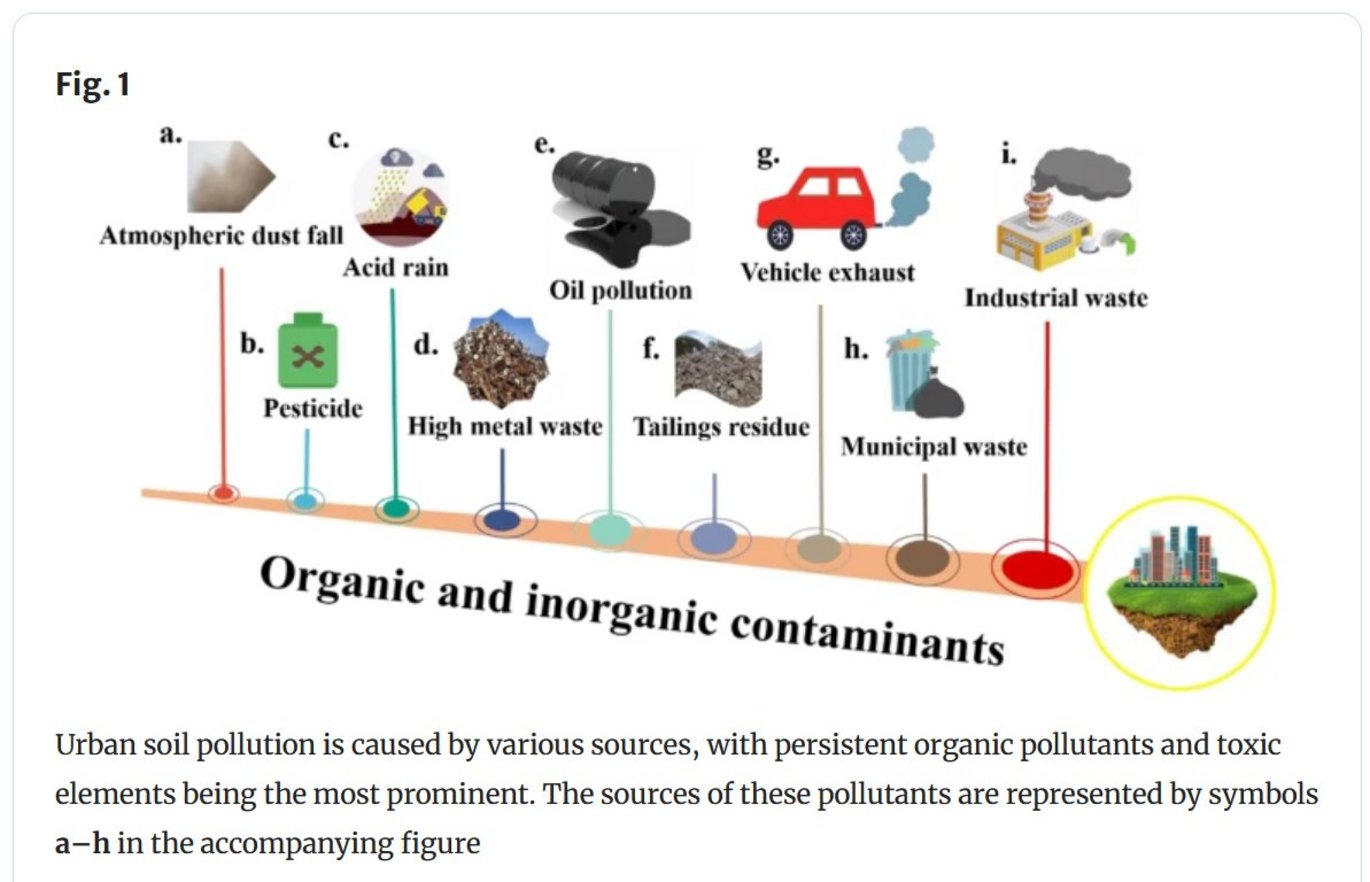Phytoremediation of contaminants in urban soils: a review
New publication by Zhu Y, Gu H, Li H, Lam SS, Verma M, Ng HS et al.

Abstract:
Accelerated urbanization has induced the accumulation of toxic substances in urban soils, calling for sustainable remediation methods such as phytoremediation. Here, we review the phytoremediation of contaminants in urban soils with focus on species selection for remediation, mechanisms of remediation, and strategies for enhancing remediation. Plants can remove up to more than 95% of contaminants in soils. The choice of plants varies depends on the specific pollutants present in the soil. For instance, Bidens pilosa L. can be utilized to remove cadmium, while Pelargonium roseum is effective in removing nickel and lead. The mechanisms of phytoremediation involve absorption, translocation, stabilization, and volatilization of contaminants by plants. The phytoremediation efficiency can be enhanced by the addition of microorganisms, chelating agents, and biochar in soils, and by genetic engineering and nanotechnology.
